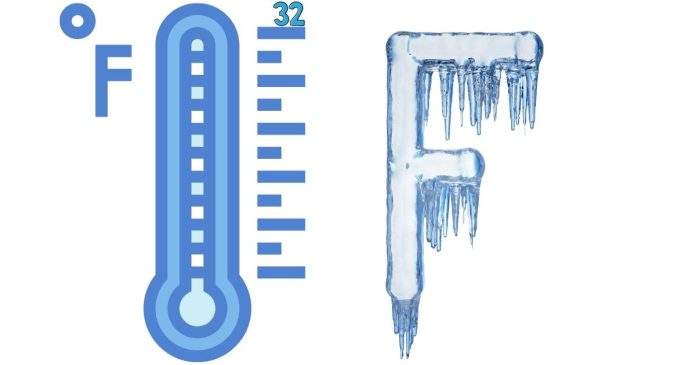The freezing point of water is set at 32°F in the Fahrenheit temperature scale because of the way the scale was originally designed by its inventor, Daniel Gabriel Fahrenheit, in the early 18th century.
Fahrenheit’s scale was based on several key reference points:
- Zero on the Fahrenheit scale was originally set at the temperature of a mixture of ice, water, and salt (a freezing brine solution). This was a reproducible reference point, providing consistency across various temperatures.
- 32°F was chosen as the freezing point of water. Fahrenheit wanted the scale to have a practical range for everyday weather conditions, so he used the freezing point of water as a key marker.
- 96°F was initially chosen as the temperature of the human body, but this was later refined to approximately 98.6°F.
By setting 32°F as the freezing point of water, Fahrenheit provided a useful and reliable method for measuring temperatures relevant to daily life, from freezing to boiling.
In summary, 32°F was chosen as the freezing point because it was a practical and reproducible reference in the context of the everyday temperatures the scale was designed to measure.



